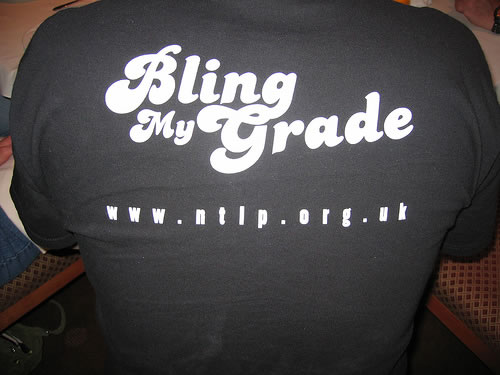
Image by DavidDMuir
- First, the concept or a thesis/main idea is created
- Then a treatment or brainstorming occurs--a more developed and detailed idea coming out of the concept.
- Next, an extended treatment or an outline might follow.
- Research or getting your elements--which might include interviews, film and video footage, music stills, graphics, etc.--is next.
- Then, depending on your elements, storyboarding or a more developed and complete outline follows.
- The script or draft is developed around this time.
- Finally, post-production or possibly a second/final draft occurs where you blend the elements together to tell your story. (8)